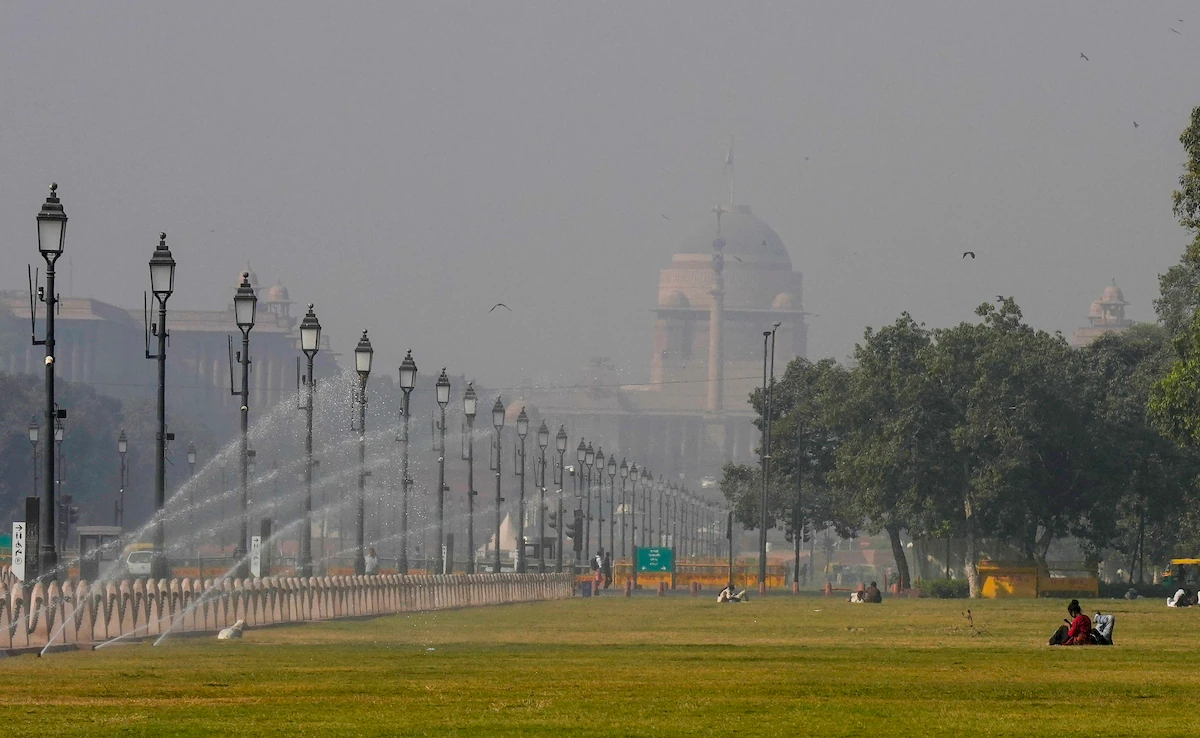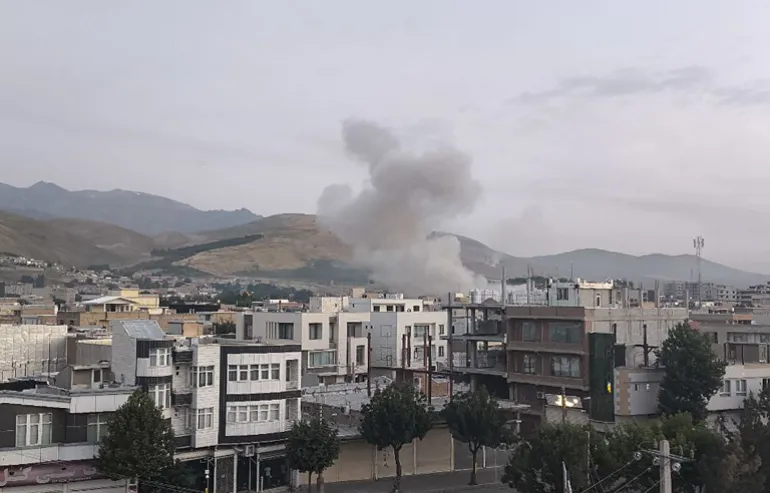- Courses
- GS Full Course 1 Year
- GS Full Course 2 Year
- GS Full Course 3 Year
- GS Full Course Till Selection
- Answer Alpha: Mains 2025 Mentorship
- MEP (Mains Enrichment Programme) Data, Facts
- Essay Target – 150+ Marks
- Online Program
- GS Recorded Course
- NCERT- First Ladder
- Polity
- Geography
- Economy
- Ancient, Medieval and Art & Culture AMAC
- Modern India, Post Independence & World History
- Environment
- Governance
- Science & Technology
- International Relations and Internal Security
- Disaster Management
- Ethics
- Current Affairs
- Indian Society and Social Issue
- CSAT
- 5 LAYERED ARJUNA Mentorship
- Public Administration Optional
- ABOUT US
- OUR TOPPERS
- TEST SERIES
- FREE STUDY MATERIAL
- VIDEOS
- CONTACT US
Heatwave
Heatwave

Why in the News?
- A new climate report titled “Weathering the Storm: Managing Monsoons in a Warming Climate” has raised concerns about rising climate risks in India.
- The report, jointly released by Esri India and IPE Global, warns that cities like Delhi, Mumbai, Chennai, Surat, Thane, Hyderabad, Patna, and Bhubaneswar could see a two-fold increase in heatwave days by 2030.
- It also highlights a sharp rise in extreme rainfall events, posing a dual threat of heat and floods in many regions.
What are the Key Highlights of the Report?
- Heatwave Risk: Heatwave days in major Indian cities may double by 2030.
- Extended Summer Conditions: Summer heat is now spreading into the monsoon months, creating overlapping risks.
- Extreme Rainfall: India is expected to see a 43% increase in the intensity of heavy rainfall events.
- Rising Frequency: Between 1993 and 2024, extreme heat days have gone up 15 times, and in the last 10 years, they have increased 19 times.
- Widespread Impact: 8 out of 10 districts will face frequent and irregular rainfall by 2030.
- Urban Vulnerability: Around 72% of Tier-I and Tier-II cities may face both heat stress and heavy rainfall, along with lightning, hailstorms, and storm surges.
- Vulnerable States: States like Gujarat, Rajasthan, Uttar Pradesh, Uttarakhand, and Himachal Pradesh will be among the worst affected.
|
Heatwave:
Characteristics of Heatwaves:
|
What is the Significance of the Report?
- Early Warning for Cities: It alerts urban areas like Delhi, Mumbai, and others about increasing climate risks such as heatwaves and extreme rainfall.
- It helps cities prepare for compound weather events, such as heat and floods occurring together.
- Supports Climate-Smart Planning: The report acts as a planning guide for policymakers, city officials, and disaster management teams.
- It can help in designing climate-resilient infrastructure and urban development plans.
- Promotes Data-Driven Governance: Provides scientific data and trends on how heatwaves and rainfall have increased.
- Encourages governments to use GIS tools and real time risk mapping for better decision-making.
- Highlights Urgency for Adaptation: It emphasizes that climate change is no longer a future issue but a present and growing crisis.
- Pushes for urgent action in vulnerable states and cities to reduce human and economic losses.
- Identifies Vulnerable Regions: Pinpoints hotspot districts and states most at risk, helping to prioritize resources.
- Focuses on both Tier-I and Tier-II cities, showing the pan-India nature of the threat.
- Encourages Financial Preparedness: Suggests the need for risk financing instruments to manage disaster-related economic shocks. Helps in planning climate insurance models and emergency funds.
- Informs Public and Stakeholders: Raises public awareness about how climate change is already affecting daily life. Acts as a knowledge source for NGOs, researchers, media, and educational institutions.
What are the Challenges and Way Forward?
Challenges |
Way forward |
|
1. Lack of real-time climate data and localised risk maps |
1. Set up a Climate Risk Observatory (CRO) for real-time monitoring |
|
2. Inadequate early warning systems in many regions |
2. Strengthen early warning systems at city and district levels |
|
3. Poor urban planning and infrastructure |
3. Integrate climate resilience in city planning |
|
4. High economic losses due to weather events |
4. Develop risk financing tools to reduce socio-economic impact |
|
5. Limited awareness among citizens and local bodies |
5. Conduct public awareness campaigns on heat and flood preparedness |
|
6. Fragmented coordination among government departments |
6. Ensure inter-departmental coordination for timely climate action |
|
Ensure IAS Prelim Question: Q. Consider the following statements with respect to the recent climate report titled “Weathering the Storm: Managing Monsoons in a Warming Climate”:
How many of the above statements is/are correct?
Answer: b Explanation:
|
|
Ensure IAS Mains Question Q. The dual threat of increasing heatwaves and extreme rainfall events in India demands a shift from reactive disaster response to proactive climate resilience. Critically examine this statement in the context of the findings of the recent report “Weathering the Storm: Managing Monsoons in a Warming Climate”. (250 words) |




